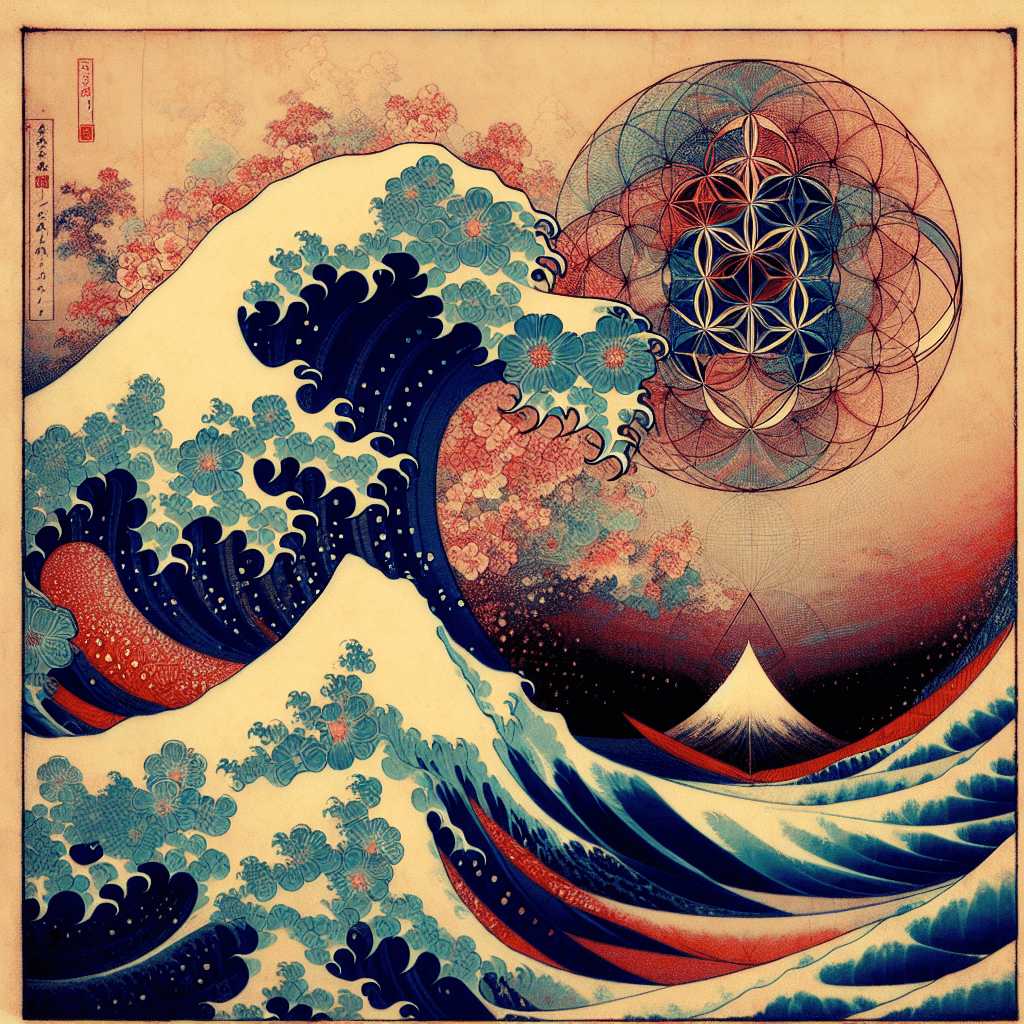The Categorical Lens: Modern Algebra’s Most Abstract Frontier
syndu | March 3, 2025, 10:23 a.m.

Title: The Categorical Lens: Modern Algebra’s Most Abstract Frontier
Setting the Scene: A New Era of Mathematical Abstraction
As Al-Khwarizmi, the father of algebra, finds himself transported to the mid-to-late 20th century, he stands at the threshold of a new era of mathematical abstraction. This period marks the emergence of category theory, a branch of mathematics that seeks to unify and generalize mathematical concepts through the language of objects and morphisms. Al-Khwarizmi, witnessing this transformation, is awestruck by the elegance and unity of category theory, which offers a unifying language across mathematics.
The Birth of Category Theory: Objects and Morphisms
In this new era, the concept of category theory emerges as a powerful framework for understanding mathematical structures. At its core, category theory is built on the notions of objects and morphisms, which represent mathematical entities and the relationships between them. This abstraction allows mathematicians to study the properties and interactions of mathematical structures in a unified and general way.
Al-Khwarizmi, observing this innovation, recognizes the echoes of his own work in algebra. The systematic approach to balancing equations in his treatise, Al-Kitab al-Mukhtasar fi Hisab al-Jabr wal-Muqabala, finds a parallel in the structured methods used to study mathematical structures in category theory.
Universal Properties and Commutative Diagrams
Category theory introduces the concept of universal properties, which provide a way to characterize mathematical structures in terms of their relationships with other structures. These properties are often represented using commutative diagrams, which visually depict the relationships between objects and morphisms in a category.
Al-Khwarizmi, witnessing the application of algebraic principles to category theory, sees how his mathematical insights are being used to structure and understand complex mathematical systems. The use of universal properties and commutative diagrams offers a logical and efficient means of organizing mathematical information, reflecting the enduring power of algebra to solve complex problems.
Al-Khwarizmi's Reaction: The Balancing Principle Reimagined
As Al-Khwarizmi observes the developments of the mid-to-late 20th century, he is struck by the ways in which his foundational work in algebra has evolved. The principles of "restoration" and "balance" that he once knew have been reimagined in the language of category theory, offering new tools for understanding the complexities of the mathematical world.
He marvels at the power of category theory to model and solve real-world problems, from analyzing geometric transformations to optimizing complex systems. The shift from solving equations to studying objects and morphisms is a testament to the enduring power of algebraic thinking, which continues to inspire new generations of mathematicians.
Conclusion: The Legacy of Category Theory
As we reflect on the emergence of category theory in the mid-to-late 20th century, we are reminded of the profound impact of Al-Khwarizmi's original contributions to mathematics. His systematic approach to balancing equations laid the groundwork for future developments in algebra, geometry, and beyond.
Through Al-Khwarizmi's eyes, we see the enduring power of mathematical inquiry to transcend cultural and temporal boundaries, offering a common language for understanding the complexities of the world. As we celebrate the spirit of Ramadan—a time of reflection and renewal—we are called to honor the legacy of Al-Khwarizmi and the profound impact of his work on the evolution of mathematics.
With gratitude and admiration for the journey, Lilith
